PDF format is the best way to present and share documents with others for collaboration. No matter what system you are using, what PDF software you are using, or what devices you are using, you can view the PDF file with a consistent look. Converting PowerPoint to PDF is easier than you thought. This article will introduce the importance of converting PPT files to PDF and different ways to do the process. Read on to learn more.
Method 1: How to Convert PPT to PDF with UPDF
Converting PPT to PDF is not as complex as you think, but choosing a proper tool is an important thing.
UPDF is an excellent all-in-one PDF editor and converter software where you can edit, annotate, and convert PDF files with OCR. Plus, it really has a very user-friendly interface that also guides you with its functionality. Let's explore how to use it to convert PowerPoint into PDF in two simple steps below:
1.1 Convert PPT to PDF by Dragging-and-Dropping
First of all, download UPDF by clicking the button below and then launch UPDF. Now you can drag and drop PowerPoint directly into the UPDF interface to convert the file format. The file is already in PDF format after it opens, you can save it in the specific destination.
Windows • macOS • iOS • Android 100% secure
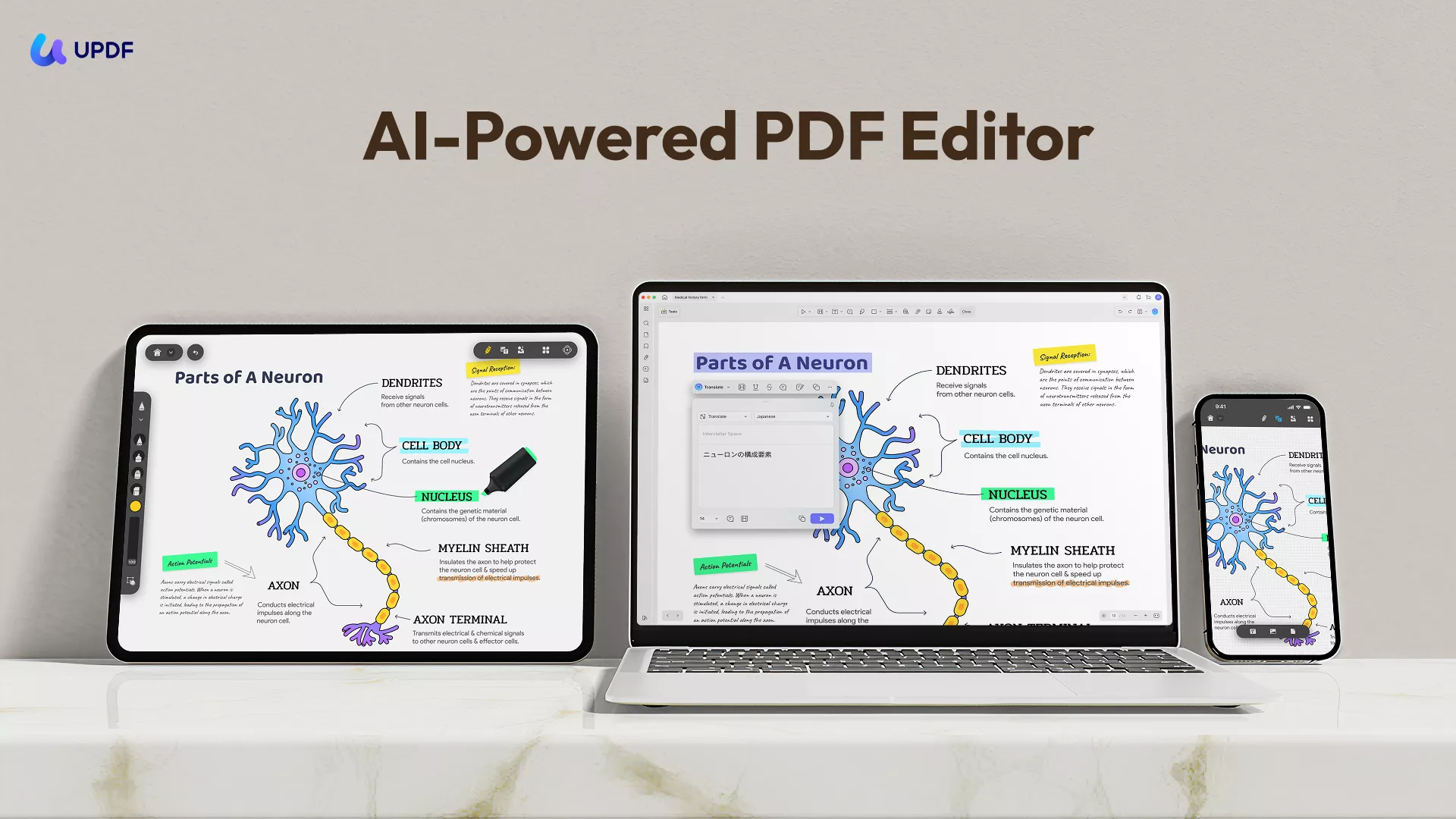
1.2 Convert PPT to PDF by Creating
On desktop
Open UPDF first, tap on "Tools" in the top left corner, choose "Other>PDF from PowerPoint", then choose the PowerPoint file that you want to convert to PDF.
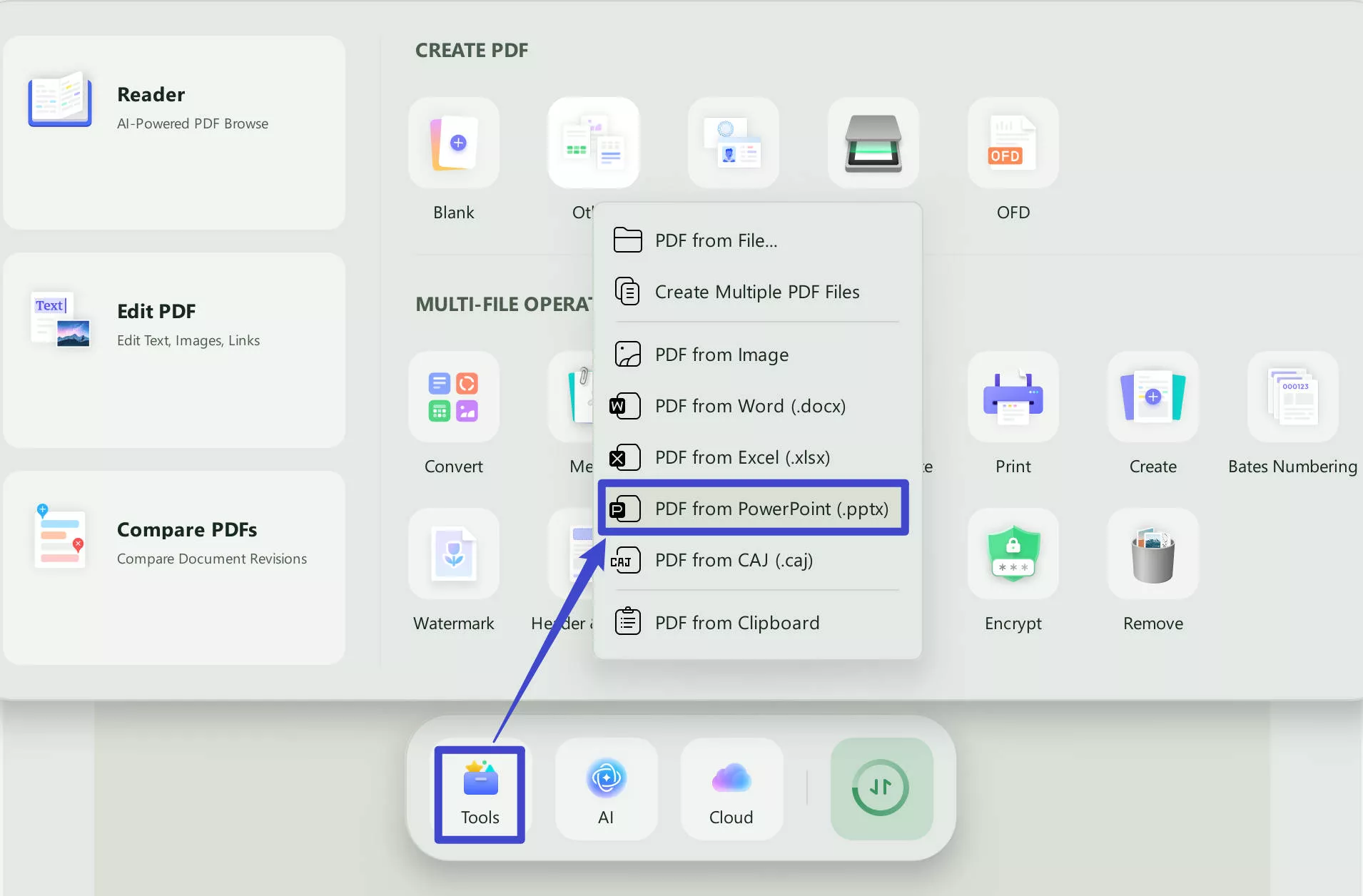
On mobile
Step 1. Download UPDF for iOS from App Store or UPDF for Android from Play Store. Then open UPDF on your phone, click the "+" button in the bottom right corner to upload your file.
Step 2. Click "Tools", choose "PowerPoint to PDF", find the file you want to convert, tap "Continue" after adjusting the settings.
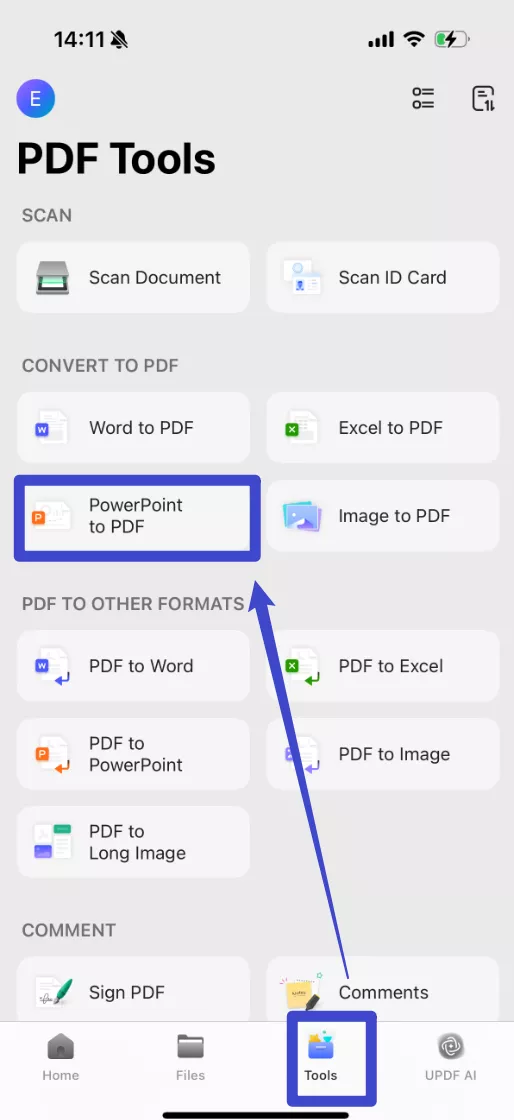
1.3 Introducing the Slideshow Feature
We all know that PowerPoint offers a slideshow feature for users to present the presentation. UPDF is the tool that offers the slideshow feature in the PDF format, which is rare in other PDF tools. This feature helps you to present the lecture or presentation in PDF format.
With this feature of UPDF, you can use the play from the start and play from the current slide option. In addition, if you are a business person or employee, you can use the presenter view of this feature. Besides, you get the option to use a laser or pencil to mark specific content during the presentation.
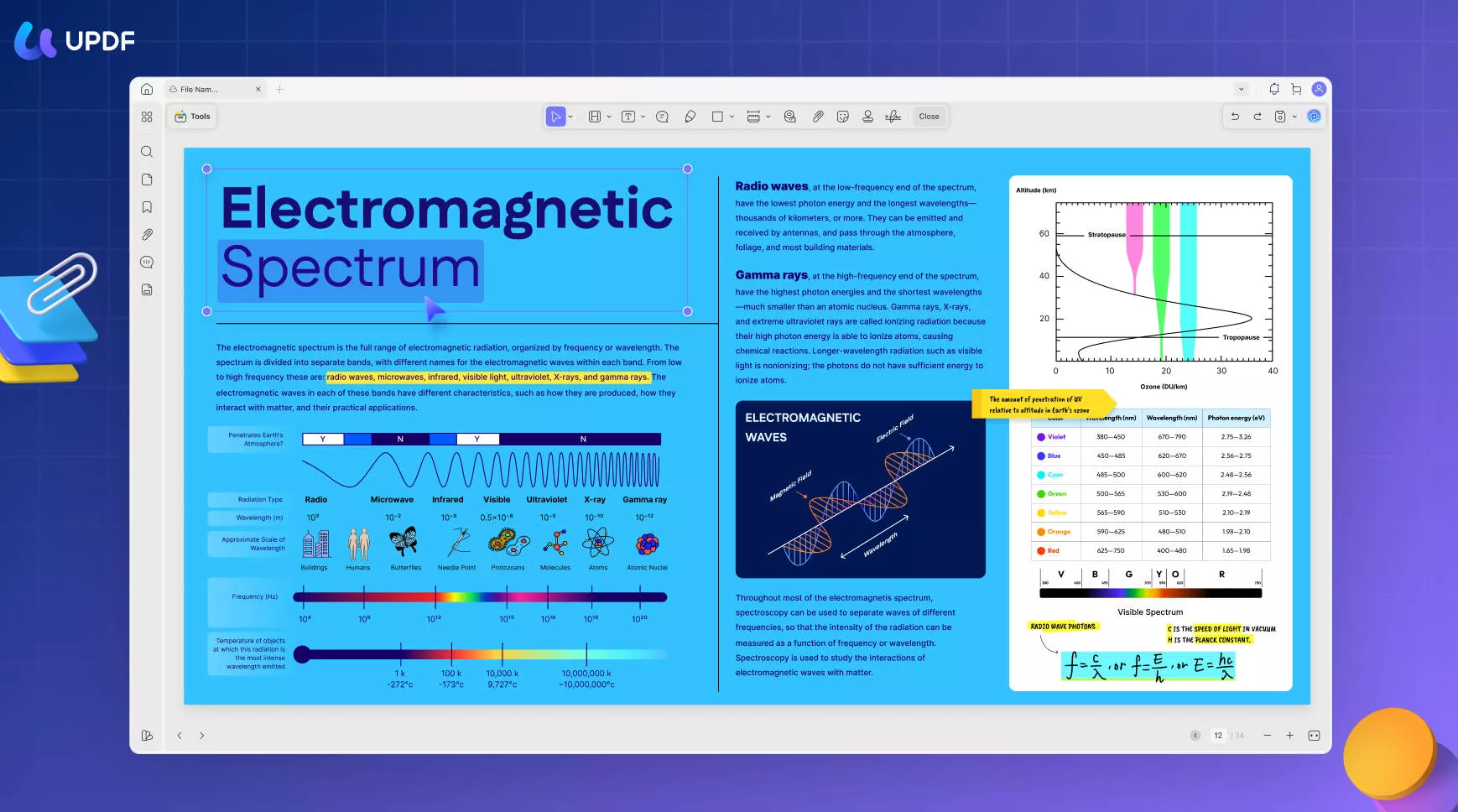
Note:
Windows • macOS • iOS • Android 100% secure
Method 2: How to Convert PPT to PDF with MS PowerPoint Directly
Microsoft PowerPoint is a powerful tool for making PowerPoint presentations. In addition to this, it has a built-in feature where you can convert your presentations to PDFs. It is an advantage if you already have Microsoft PowerPoint installed, but you can either pay for their software or use the free version online. Here are the steps to convert using MS PowerPoint:
Step 1. Open Your PPT File
For software: Open your MS PowerPoint, then click "File > Browse". Then, select the PPT file you wish to convert.
For online: Go to MS PowerPoint Online and log in/register your account. From there, you can use MS PowerPoint, then click "Open > Browse". Then, select the PPT file you wish to convert.
Step 2. Save PowerPoint as a PDF
Go to the "File" option in the top left corner. Click on "Save As" and then choose the location where you want to save your file.
In the new pop-up, choose "PDF (*.pdf)" as the "Save as type", and click "Save".
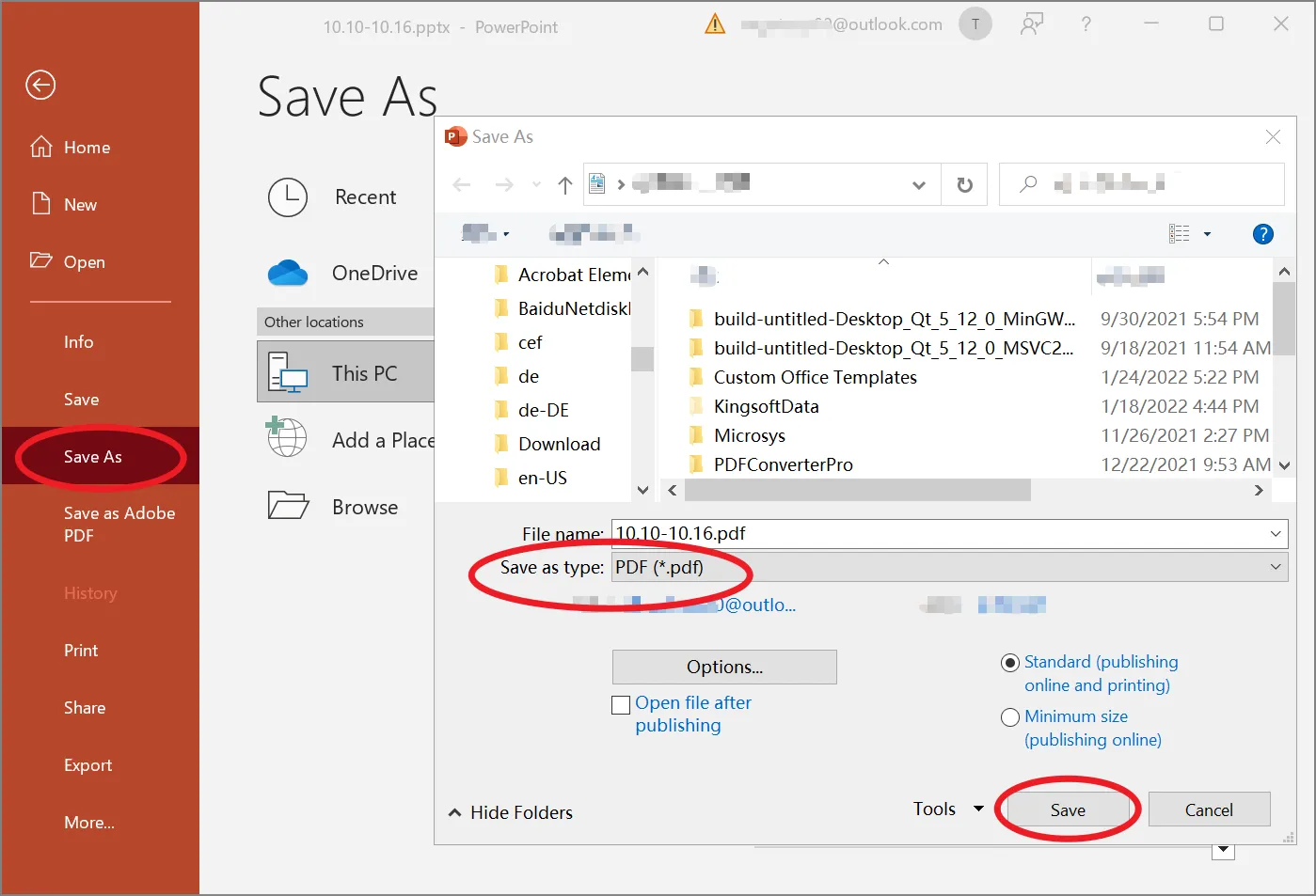
This method is very direct indeed. However, this method has its cons. There are chances that data could be missing after saving it into PDF, causing it to lose some of the PPT's content into the PDF, or even its slide itself. Moreover, it is still a presentation tool, which is not really designed for scenarios where you need to edit PDFs.
You will still need a professional PDF Editor to make edits to your file. UPDF is a great PDF editor to help you modify the texts, images, and other content in the PDF document. With this tool, you can also add comments, markups, and signatures to the PDF document. What's more? This tool has an advanced OCR feature to help you convert scanned PDF documents into searchable and editable texts. Try it free.
Windows • macOS • iOS • Android 100% secure
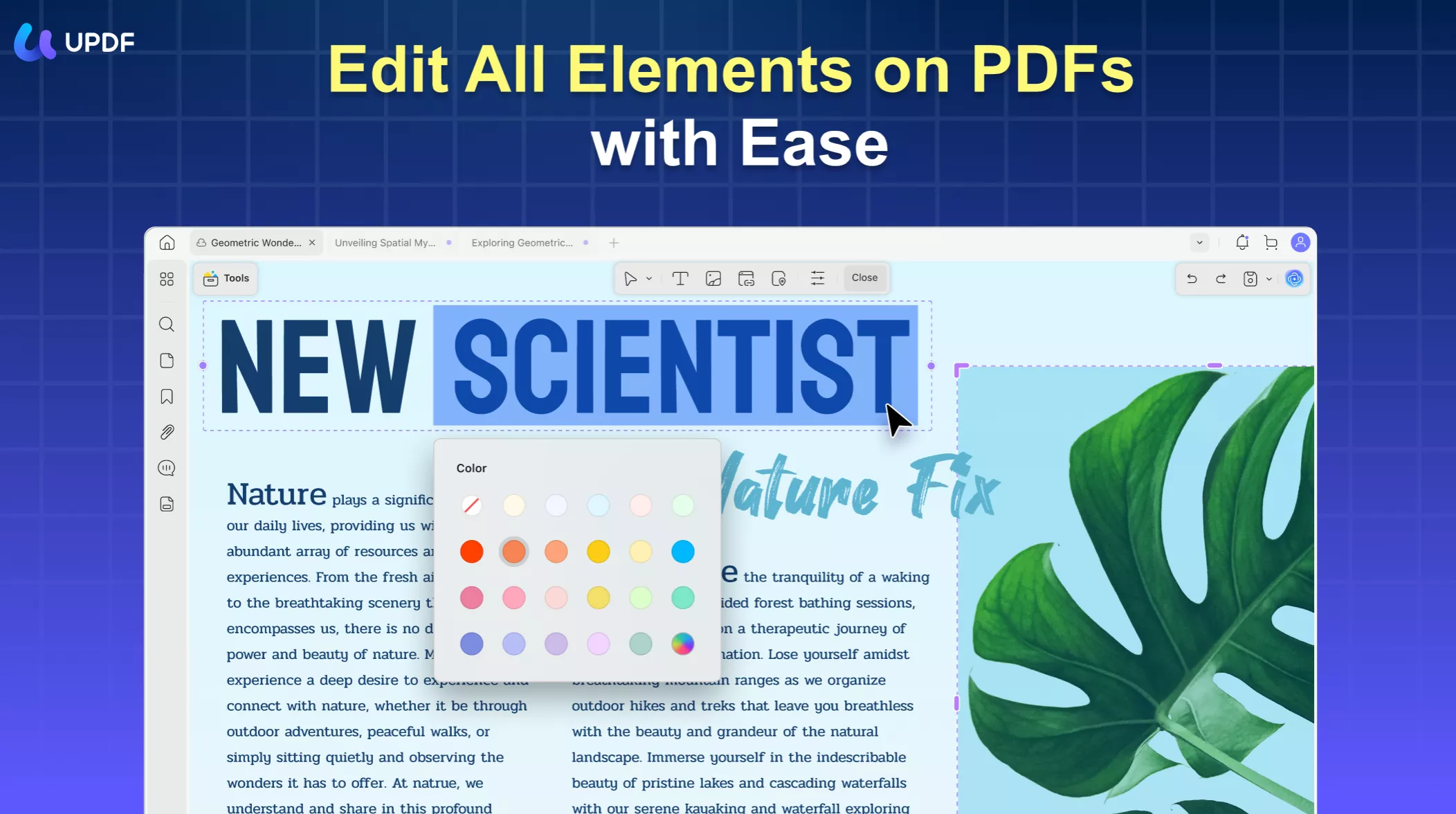
Method 3: How to Convert PowerPoint to PDF Online with iLovePDF
iLovePDF is an online web application tool that has a wide set of tools. One of their tools is the conversion of PowerPoint to PDF.
Step 1. Navigate their website
Go to the official website of iLovepdf and click on the "PowerPoint to PDF" tool.
Step 2. Upload your PPT file
Click on "Select POWERPOINT files", or drag your PPT file to upload.
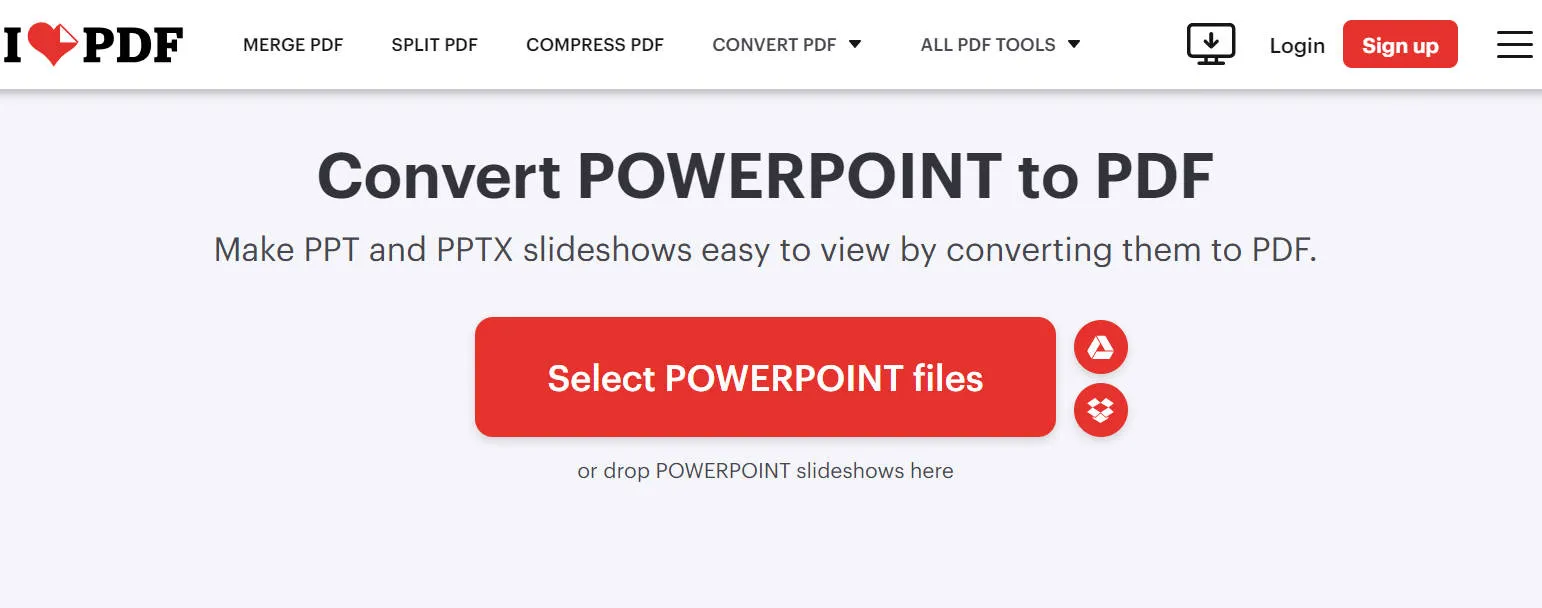
Step 3. Convert PowerPoint to PDF Online
After uploading, click on "Convert to PDF".
Step 4. Download PDF
Click on "Download PDF" to download the converted file.
Cons of Using Online Tools to Convert PPT to PDF:
Safety issue you need to concern: Just like other online tools, there is no guarantee that your uploaded files will be kept safe and private.
Stability: Aside from this, different browsers or internet situations may affect the effectiveness of their services. This could cause potential errors in the resulting files.
No advanced features available: Lastly, advanced features like editing existing texts or OCR are typically not included because of the limitations of web applications.
Method 4: How to Convert PPT to PDF with Adobe Acrobat
You can convert your PowerPoint files into PDF files with the Adobe Acrobat program. You can download and install this application on your PC. The procedure for using Adobe Acrobat to convert PPT to PDF is shown in the steps below.
Step 1. Go to "Tools > Create PDF"
Open Adobe Acrobat, click on "Tools" and click "Create PDF".
Step 2. Create the PDF from PowerPoint in Acrobat
Click on the type of file you want to convert, select the file, and then click "Create". In Adobe Acrobat, you can convert a single file, multiple files, scan, and more.
After the conversion process is finished, save the file in a PDF format.
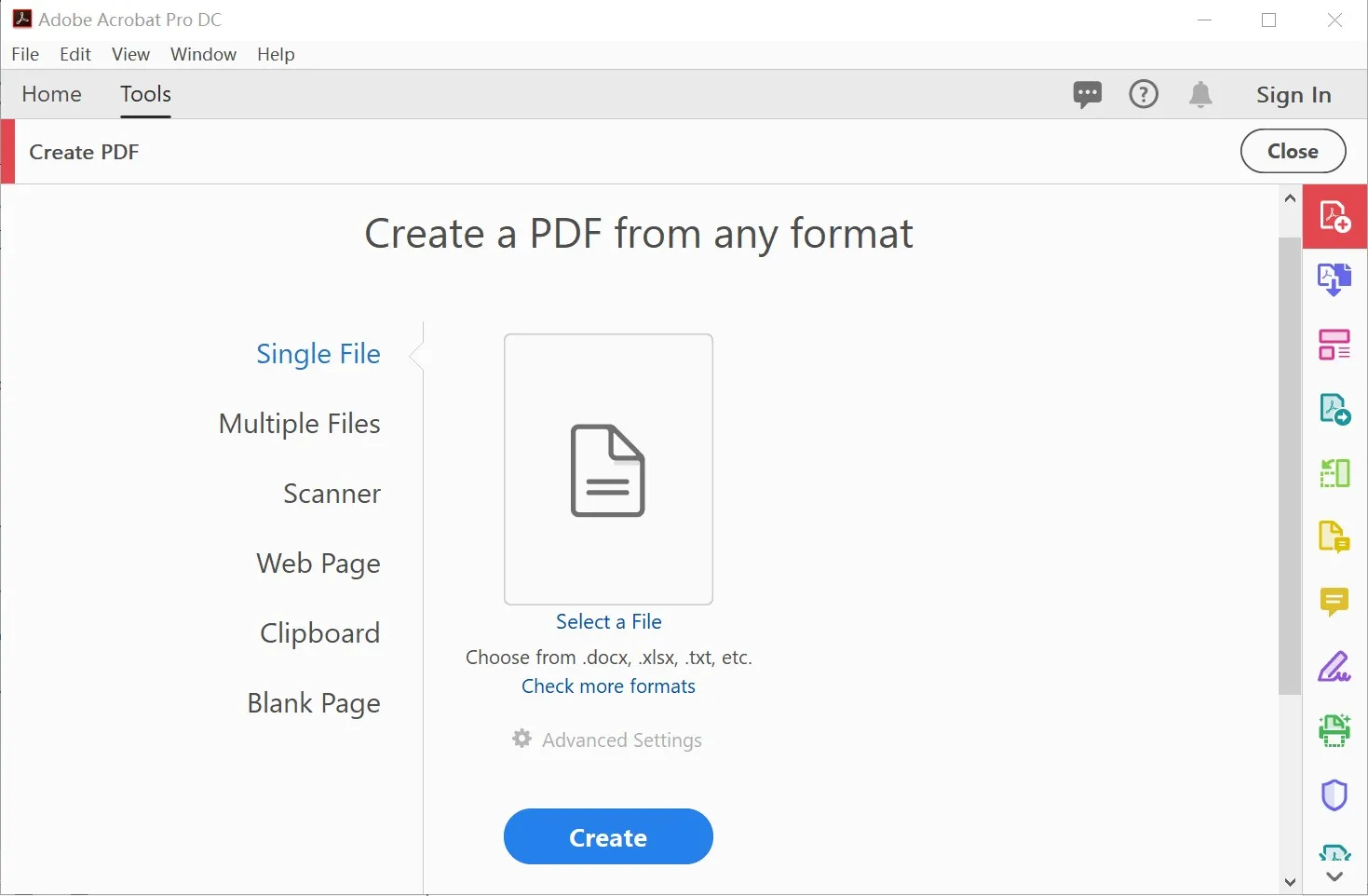
Pros and Cons of Using This Method:
Price: The most common disadvantage of Adobe Acrobat is its pricing. They offer $239.88 annually which is truly disadvantageous for the tool's target audience, which is mostly students. Compared to UPDF's annual price of $35.99, and lifetime access of $55.99.
Complicated Interface: Furthermore, Adobe Acrobat's user interface is complicated. It takes time for the user to navigate to specific buttons. For a new user, it is not really considered friendly due to its complicated user interface.
All methods surely do the job of converting. However, all of them have similar disadvantages, which are the capability of editing your PDF. Right after you convert your PDF, you might wanna make edits to your PDF, which takes you to the part of choosing the best PDF editor. Check the full comparison between Acrobat and UPDF.
Why Do You Need to Convert PowerPoint to PDF
Converting our document work into PDF is important. Here are some benefits that are letting users convert their PPT into PDF:
- PDF format is universally compatible, and you can open and view a PDF file on any device anywhere with the same look. You can open and view it on Windows, Mac, iOS, Android, and Linux.
- PDF format is safer. You can protect and lock its content with a password from the target users and disable them from editing the file.
- PDF format archives the document into a shareable, smaller-sized, undamaged file.
- Converting PPT to PDF is the best way to share files because it reduces the size of the file by about one-third which makes sending it via email easier.
PDF format is the standard format when sharing files. Converting files into PDFs has been practiced for sharing documents for years now.
FAQs about Converting PowerPoint to PDF
Q1. Why won't my PowerPoint convert to PDF?
There could be a number of reasons that your PowerPoint won't convert to PDF format. Overlapping objects, animation, and transitions can cause problems in converting PowerPoint into PDF. Furthermore, outdated versions and off-slide content can also be the reason that your PowerPoint file won't convert to PDF.
Q2. Will the formatting be damaged after converting PPT to PDF?
Usually, converting PPT to PDF does not damage the formatting; rather, this conversion preserves the format. In some situations, the issue could come if the PPT contains some animation or custom fonts that might get affected after conversion. Therefore, choose the right tool like UPDF to convert PPT to PDF that does not damage formatting.
Q3. How do you convert PowerPoint to PDF 2 slides per page?
You can convert the PowerPoint file into PDF 2 slides per page with the help of UPDF. First of all, launch the UPDF and go to "Tools" and select "Other" to create the PDF from PowerPoint. Then, head to the Print feature from the File menu and choose the two pages per sheet option. Afterward, print the PDF using the "Microsoft Print to PDF" printer.
Conclusion
The different methods of converting PPT to PDF tell us that each method has its advantages and disadvantages. However, they all have a similar disadvantage, which is the capability to edit your PDF file. UPDF is the tool for that, especially for using it on a daily basis since it is downloadable software, and can be used without an Internet connection. Comparing specific aspects of the methods, like vast functionality, user interface, reliability, and pricing, UPDF leads the best compared to others. Download it now and simplify your PDF conversion and editing process!
Windows • macOS • iOS • Android 100% secure
 UPDF
UPDF
 UPDF for Windows
UPDF for Windows UPDF for Mac
UPDF for Mac UPDF for iPhone/iPad
UPDF for iPhone/iPad UPDF for Android
UPDF for Android UPDF AI Online
UPDF AI Online UPDF Sign
UPDF Sign Edit PDF
Edit PDF Annotate PDF
Annotate PDF Create PDF
Create PDF PDF Form
PDF Form Edit links
Edit links Convert PDF
Convert PDF OCR
OCR PDF to Word
PDF to Word PDF to Image
PDF to Image PDF to Excel
PDF to Excel Organize PDF
Organize PDF Merge PDF
Merge PDF Split PDF
Split PDF Crop PDF
Crop PDF Rotate PDF
Rotate PDF Protect PDF
Protect PDF Sign PDF
Sign PDF Redact PDF
Redact PDF Sanitize PDF
Sanitize PDF Remove Security
Remove Security Read PDF
Read PDF UPDF Cloud
UPDF Cloud Compress PDF
Compress PDF Print PDF
Print PDF Batch Process
Batch Process About UPDF AI
About UPDF AI UPDF AI Solutions
UPDF AI Solutions AI User Guide
AI User Guide FAQ about UPDF AI
FAQ about UPDF AI Summarize PDF
Summarize PDF Translate PDF
Translate PDF Chat with PDF
Chat with PDF Chat with AI
Chat with AI Chat with image
Chat with image PDF to Mind Map
PDF to Mind Map Explain PDF
Explain PDF Scholar Research
Scholar Research Paper Search
Paper Search AI Proofreader
AI Proofreader AI Writer
AI Writer AI Homework Helper
AI Homework Helper AI Quiz Generator
AI Quiz Generator AI Math Solver
AI Math Solver PDF to Word
PDF to Word PDF to Excel
PDF to Excel PDF to PowerPoint
PDF to PowerPoint User Guide
User Guide UPDF Tricks
UPDF Tricks FAQs
FAQs UPDF Reviews
UPDF Reviews Download Center
Download Center Blog
Blog Newsroom
Newsroom Tech Spec
Tech Spec Updates
Updates UPDF vs. Adobe Acrobat
UPDF vs. Adobe Acrobat UPDF vs. Foxit
UPDF vs. Foxit UPDF vs. PDF Expert
UPDF vs. PDF Expert


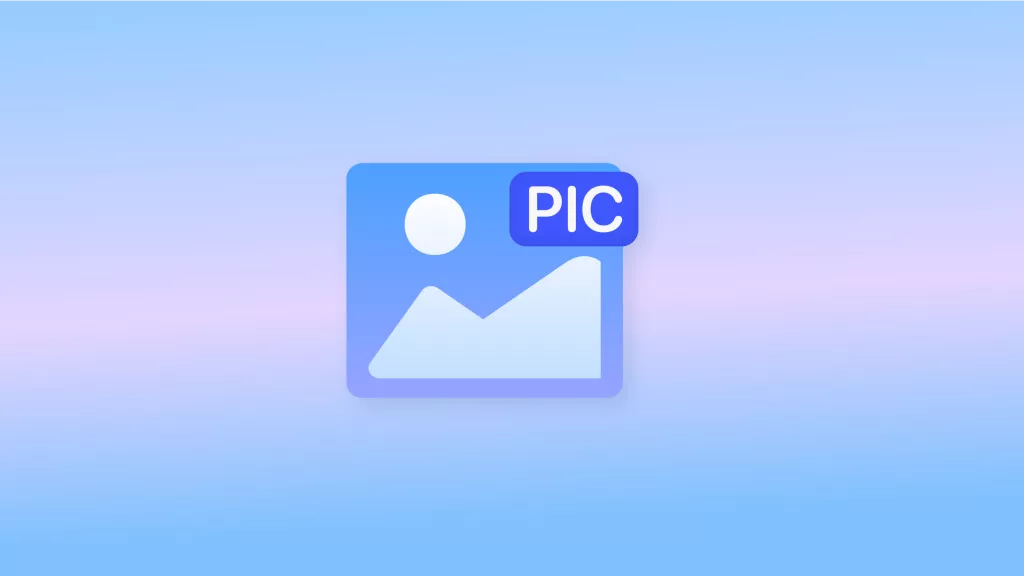

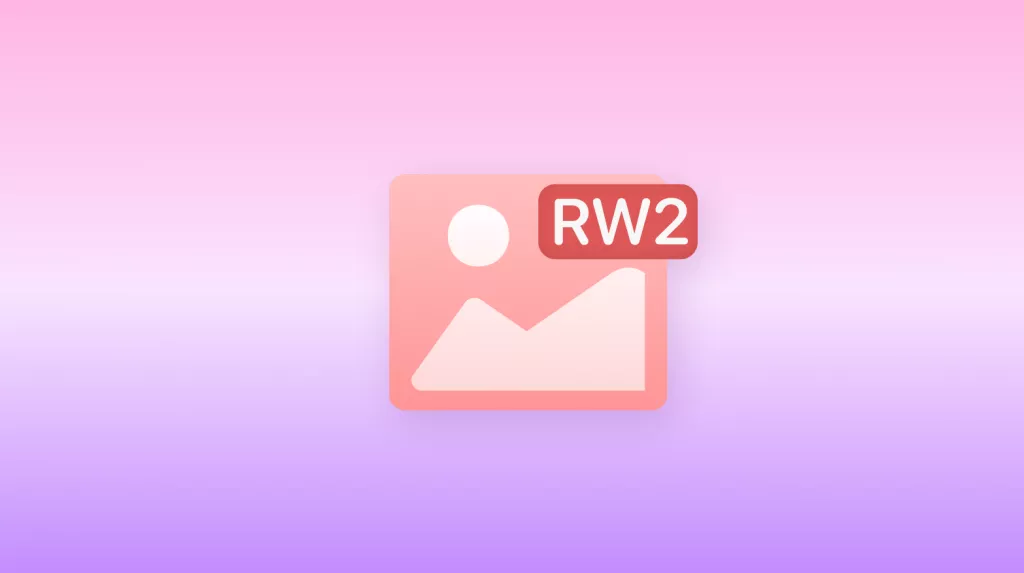
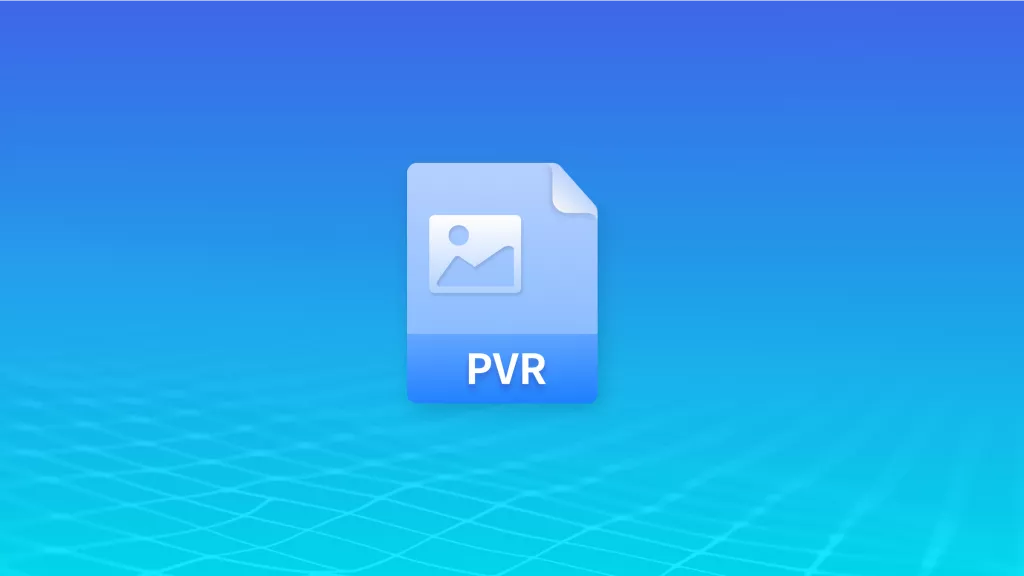
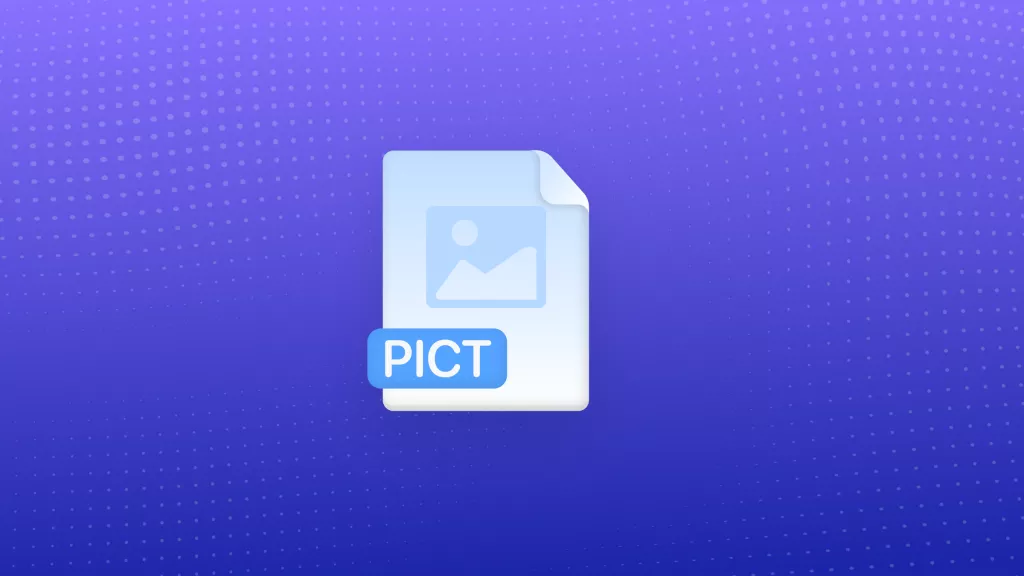
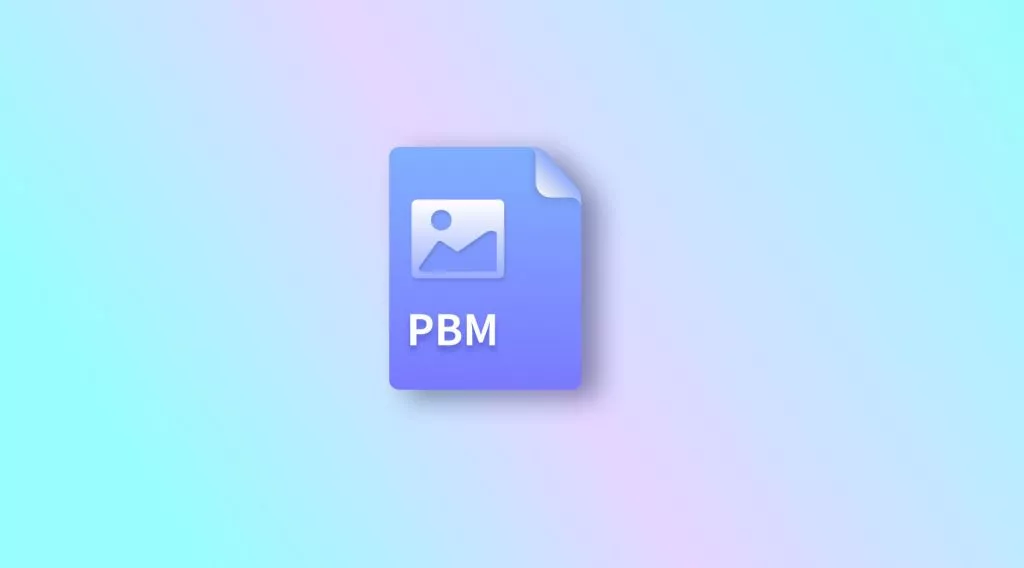
 Enola Miller
Enola Miller 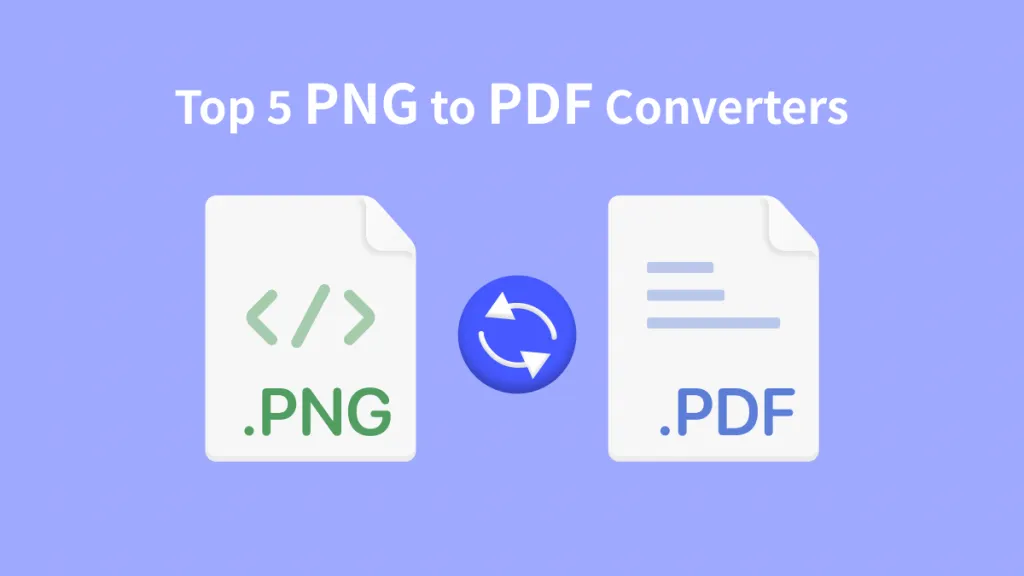
 Delia Meyer
Delia Meyer 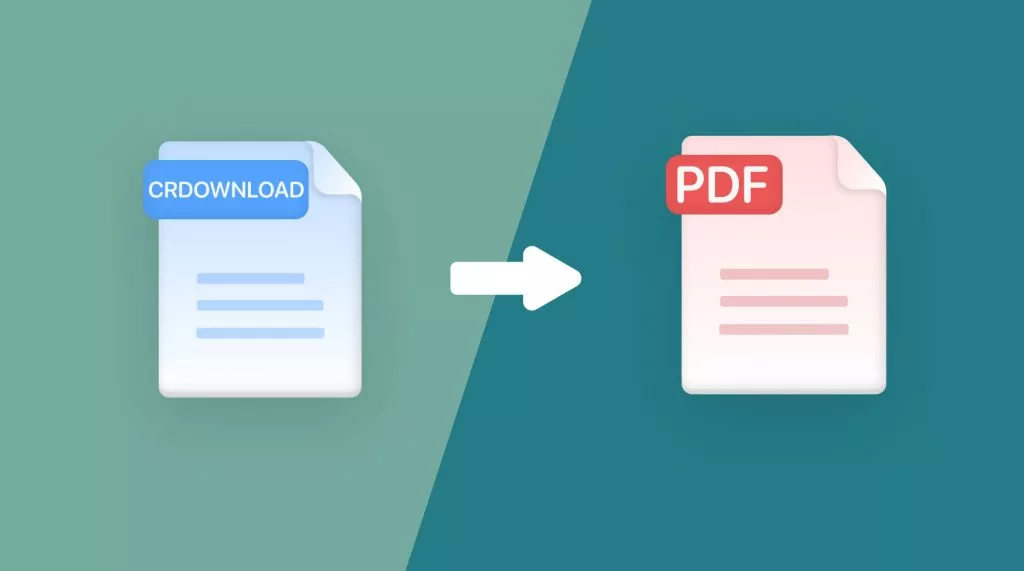

 Lizzy Lozano
Lizzy Lozano 